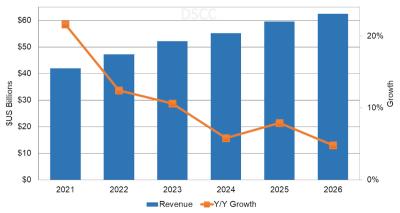OLED is an emerging display technology that enables beautiful and efficient displays and lighting panels. OLEDs are already being used in smartphones, laptops, wearables, tablets and TVs, and many of OLEDs are flexible ones.
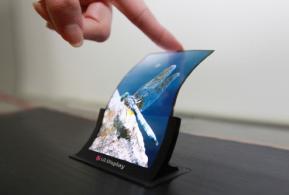
A flexible OLED is based on a flexible substrate (usually polyimide). The first generation of OLEDs produced on these were not really flexible from the user perspective. The device maker bends the displays, or curves it - but the final user is not able to actually bend the device. These first-gen flexible OLEDs are adopted many premium smartphones, for example the Samsung edge-type Galaxy phones or Apple's latest iPhones. A plastic-based OLED has several advantages especially in mobile devices - the displays are lighter, thinner and more durable compared to glass based displays.
Second generation flexible OLED displays can be bent by the user - these can be used for example to create foldable smartphones - the first range of which started shipping in 2019. Rollable OLEDs are also now entering the market for both TVs and smartphones.

Where to buy flexible OLEDs?
While several companies (including Samsung, LG, BOE and others) are producing OLED displays, it is not straightforward to find a good and reliable supply of these displays.
If you are interested in buying a flexible OLED panel for your project or device, look no further. Our OLED Marketplace offers several flexible OLEDs, which can be ordered through us with ease.
The latest flexible OLED news:
BOE demonstrates a new foldable OLED that can fold inwardly and outwardly in two places
BOE demonstrated new foldable OLED prototypes, which it calls the f-OLED N-shaped folding display. The new displays by BOE can be folded both inwardly and outwardly, which allows BOE to present a unique form factor:
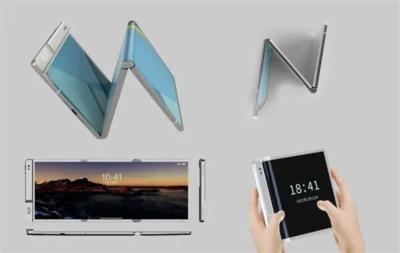
BOE's new display is 12.3" in size, and when full folded (two folds) it turns into a 5.6-inch form-factor device. BOE developed a novel hinge system that allows for sliding compensation which improves the strength of the display module. BOE tested the new display for up to 200,000 inward folding cycles and 100,000 outward folding cycles.
Tianma starts producing OLEDs at its new 6-Gen flexible AMOLED line in Xiamen
China-based Tianma announced that it has started producing flexible AMOLED displays at its 6-Gen production line in Xiamen. This is just the first production runs, it will probably take some time for Tianma to ramp up production.
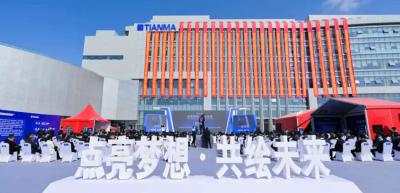
Total investment in Tianma's new fab (TM18) is estimated at $6.8 billion USD and the monthly capacity will be 48,000 6-Gen substrates. The company says that this is the largest flexible AMOLED production line in China, and it is also the largest ever investment in Xiamen's history.
DSCC sees a $63 billion OLED market in 2026, driven by high demand for laptop, monitor and tablet displays
DSCC has released its latest OLED market forecast, and the company forecasts a 8% CAGR revenue growth, with the market reaching $64 billion in revenue in 2026. The growth will be fueled by high demand for laptop, monitor and tablet displays. The smartphone and OLED TV market will also continue to grow.
DSCC sees a 31% CAGR shipment growth for laptop displays, to reach around $2.4 billion in 2026, and a 95% CAGR unit growth for monitor OLED displays, which will reach $1.3 billion in 2026 (up from $200 million in 2022). This is fast growth for monitor OLED displays, but slower than DSCC previously estimated, due to competition for miniLEDs, rigid OLED capacity that will be used for laptops and tablets and lower demand to mirroring display monitors.
Look Labs launches a hoodie integrated with OLED lighting
Design house Look Labs announced a new product, a Hoodie called the omfy420 Metalight Hoodie that features the design house's CryptoPunk #5402, which is targeted for gamers who play Look Labs' own 420 game and can buy the hoodie from within the game and
The Hoodie features an Inuru's OLED lighting device which lights up the eyes of the figure in the hoodie. Inuru's OLEDispowered by an integrated thin-film battery that can be recharged wirelessly, and the whole system is washable and easy to integrate into textiles.
LG Display confirms it is supplying flexible OLED displays to Mercedes' electric cars
The 2022 Mercedes EQE electric car comes with either a 12.8-inch AMOLED or (optionally) Mercedes' MBUX Hyperscreen. The Hyperscreen is a 56-inch display, actually made from three different OLED units, embedded in a single glass display. There's a central 17.7-inch panel plus two 12.3-inch panels. The 56-inch glass also includes holes for the air-vents which are integrated into the display.
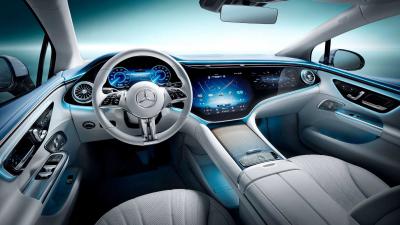
The MBUX Hyperscreen was first used in the higher-end EQS electric car. The 'lower-end' 12.8-inch AMOLED screen, shown below, is used in the 2021 S-class cars. We speculated that LG Display is supplier to Mercedes (the two companies have been working together since around 2016) and LG Display earlier this week officially confirmed that it is indeed Mercedes' OLED supplier.
MagnaChip is developing next-gen OLED ICs for automotive displays
OLED driver IC developer MagnaChip announced that it is expanding its OLED IC product lineup as it is developing a next-generation OLED DDIC for automotive displays.
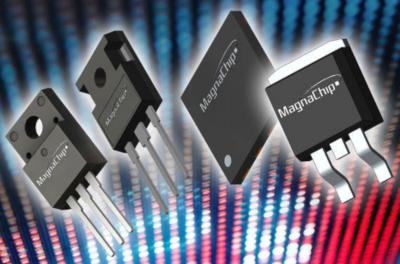
Magnachip is developing an OLED DDIC for automotive based on the 40nm process technology, targeting center stack displays and instrument cluster displays. The company plans to supply the new product to premium European car manufacturers in the first half of 2023. The new driver will support a wide range of resolutions (including FHD) and will work with both rigid and flexible OLED displays.
Researchers fabricate a flexible OLED device with a graphene anode
Researchers from the UK's Queen Mary University of London together with scientists from graphene develop Paragraf have successfully fabricated a flexible OLED device with a monolayer graphene anode instead of the usually-used ITO anode.
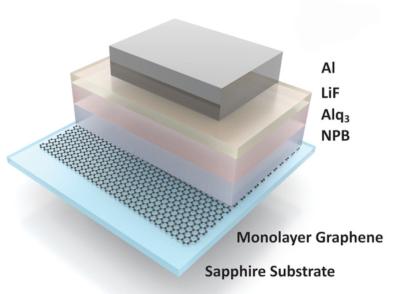
The researchers say that this is the first time such a device was demonstrated. It was shown that the graphene-OLED has identical performance to an ITO-OLED. The researchers used high-quality monolayer graphene directly deposited on a transparent substrate using a commercially available MOCVD system.
Researchers manage to fabricate a flexible OLED device using only a 3D printer
Researchers from the University of Minnesota Twin Cities managed to deposit flexible OLED devices using 3D printing. The whole OLED stack (including the electrodes, interconnects, insulation, and encapsulation) was printed using a table-top 3D printer (custom build, and reportedly costing like a Tesla Model S).
The researchers used the new method to create a low-cost flexible OLED display of sort, made from relatively large pixels (see video above). The whole panel is 1.5 x 1.5 inch in size, with 64 pixels. The team is now working to improve the density of the process.
Samsung Display launches new OLED website, shows new Flex OLED branding
Samsung Display launched a new web site dedicated to its OLED technologies, that shows the properties and applications of its OLED displays, and includes lot's of media and links that explains the benefit of OLED technology, how it works, etc.

In the new site Samsung Display also unveils its new flexible OLED branding - "Flex" which includesthe company's flexible foldable and rollable displays.
DSCC sees strong growth of over 35% in OLED production in 2021
DSCC says that 2021 will see strong growth in OLED production. Flexible OLED production glass input is expected to grow by 36% in 2021, while rigid OLED input will grow even stronger at 42%.
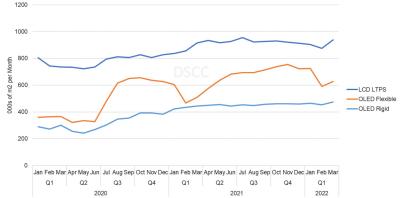
The utilization rates at OLED production lines are still relatively low, especially at BOE's flexible OLED lines. As of the end of 2021, flexible OLED utilization rates are around 70%, rigid OLED utilization is at about 77% while OLED TV utilization is higher at around 85%. LG's utilization rates are lower than earlier in 2021, which DSCC says is intentional to support prices
Pagination
- Previous page
- Page 6
- Next page


